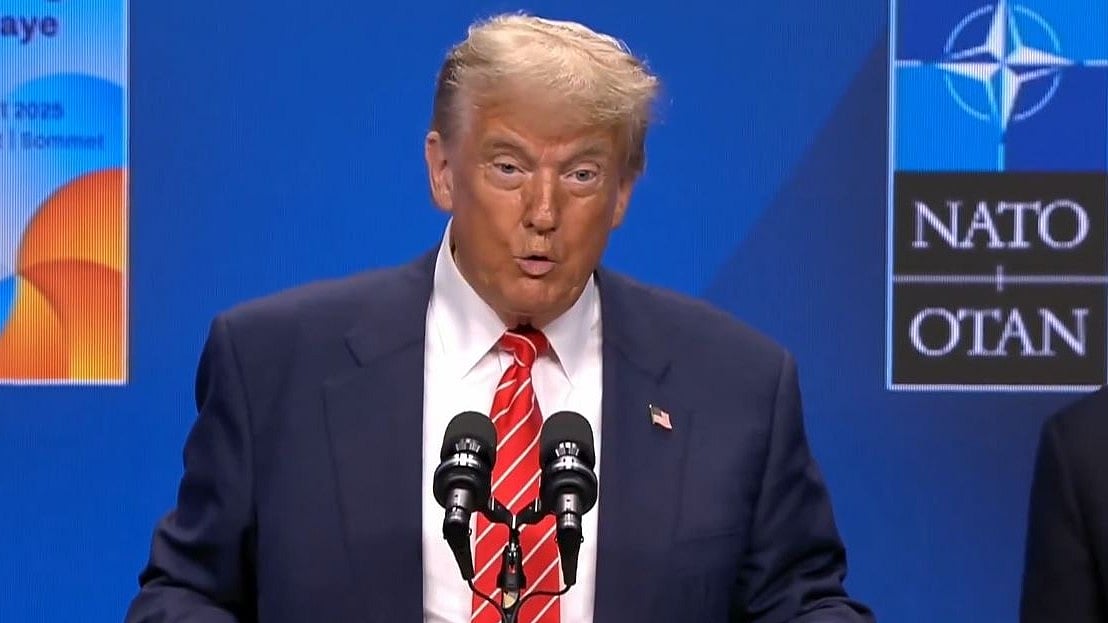The Indian Rupee, the national currency of the most populous country, appears to be strengthening its stance against the world's reserve currency, the US Dollar. The Indian Rupee expanded on its recent gains in the past few trading sessions.
Indian Rupee On The Rise
As per the latest available numbers, the Indian Rupee currently stands at 85.78 against a single US dollar.
Just in the past few days, the national currency has made major gains.
The Rupee has made major gains of over 1.5 per cent in the past month. This surge in the value of the currency has resulted in the Rupee rise by about 1.79 per cent in a month of trade.

This has resulted in a difference of over 1.5 points in the same period.

Dollar Index Drops In Value
One of the reasons behind this increase in the value of the current lies in the weakening of the US Dollar itself.
The U.S. Dollar Index or DXY, which measures the value of the US Dollar in comparison to a basket of other globally available currencies, has seen a major decline in the recent past.

MarketWatch
In the past month, the Dollar Index has dropped from its February-end high of 107.61 to its current value of 104.36.
The Decline of Dollar
This said decline in the value of the dollar is being triggered by volatility in the US markets, thanks to Donald Trump's erratic tariff policies.
These trade policies, coupled with fears of inflation that might hit the largest and the most powerful economic force in the world, have pushed investors to look away and look in different directions.
This has not only created instability in the global trade paradigm but also on the domestic circuit, where many US companies have asked the Trump administration for clarity over tariffs, that have been stuck in an unhelpful seesaw of imposition and delay.
The current US interest rates of 4.25-4.50 per cent have remained steady for sometime, furthering anxiety in the market.
With April 2, the deadline for Trump's reciprocal tariffs, looming around the corner, this said volatility could only pick up pace further straining the US dollar.











